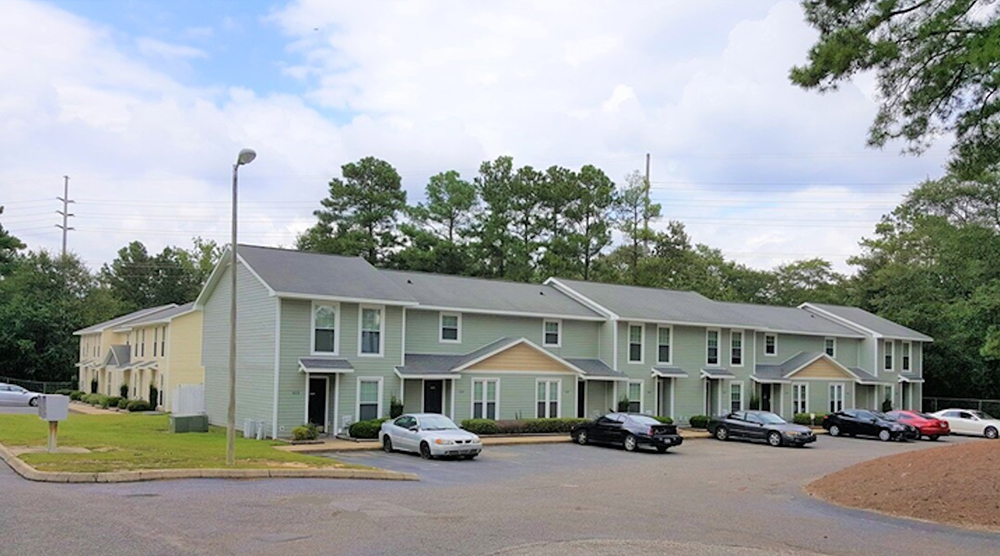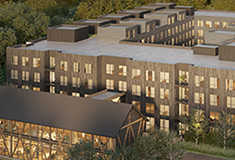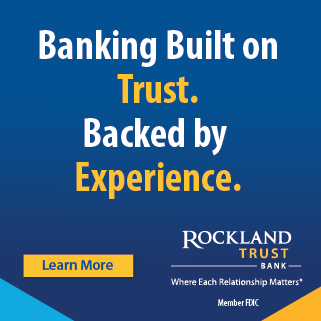News: Financial Digest
Posted: December 13, 2007
What is a "comp" in reference to appraisal?
In 1964, Justice Potter Stewart of the U.S. Supreme Court, in attempting to define "obscenity" said, "I shall not today attempt further to define the kinds of material I understand to be embraced…but I know it when I see it." What does real estate appraisal have in common with obscenity? If you ask most appraisers what constitutes a comparable sale, they will answer in a fashion similar to Justice Stewart's response: "I'm not really sure, but I know one when I see it."
One would think that something as fundamental to the appraisal process as selecting the right properties to compare to the subject would be so easy that even the novice appraiser would have mastered this within his or her first few assignments. However, deciding what a "good comp" is continues to baffle even the journeyman appraiser. Why?
For some of us, it goes back to our early training (or lack thereof). I can remember asking the proprietor of one of the first appraisal shops I worked for several years ago, "What sort of comps should I be looking for in this assignment?" His response: "Anything within the same price range as the subject's price." I assumed he was kidding (hoped he was kidding?), but it may have hastened my departure from that firm.
Is picking the "right" comps really that difficult? As with many dilemmas in appraisal, the answer can be found in a well developed highest and best use analysis. Quoting from The Appraisal of Real Estate, 12th edition (what most of us refer to as The Bible of Real Estate), "The comparability of competitive sites is based on the highest and best use of potential comparable sites on the date of sale. Regardless of how physically similar a potential comparable sale is to the subject site, if the comparable site does not have the same highest and best use as though vacant as the subject, the transaction does not qualify as a comparable sale and should be dismissed from further consideration in the analysis of the subject property."
Bottom line: for a sale to be truly comparable to the subject, it must possess the same highest and best use. (Although the quotation refers to the comparability of sites, the same can be said for improved property.) This is why all appraisals have a highest and best use analysis that precedes the valuation section. You can't value the subject property until you've estimated the highest and best use!
I reviewed an appraisal for a client recently. The subject of the appraisal is located on the fringe of a mid-sized city in the Pacific Northwest. The property consisted of a fairly large site (12+ acres) on a main drag, improved with a 20,000 s/f office building.
Based on the land-to-building area, it appeared that the building represented an under improvement of the site. Since the appraiser didn't discuss this relationship in his highest and best use analysis, it was impossible to say whether the existing improvements represented the most productive use of the site. And with no clear highest and best use conclusion, the process of selecting comparable sales would be flawed. Predictably, the sales selected in the comparison approach included a cornucopia of uses (retail, office and industrial) of all shapes and sizes.
The moral of the story: to be a "comp", the sale must possess the same highest and best use as that concluded for the subject.
John Petersen, MAI, SRA, is past president of the Mass. Chapter of the Appraisal Institute and a partner at Petersen/LaChance Realty Advisors, Danvers, Mass.
Tags:
Financial Digest
MORE FROM Financial Digest
Preservation of Affordable Housing secures $23.5 million in financing from Rockland Trust and Citizens Bank
Cambridge, MA The nonprofit Preservation of Affordable Housing (POAH) has secured $23.5 million in financing from Rockland Trust and Citizens Bank to transform a 150-year-old, underutilized church complex into housing. The project will ultimately create 46 affordable family-sized apartments.

Quick Hits
Columns and Thought Leadership

Conn. hospitality market: A technical appraisal perspective on market dynamics and valuation challenges (2019-2025)
The Connecticut hospitality market has demonstrated uneven recovery patterns between 2019 and 2025, with boutique and historic properties achieving $125 RevPAR in 2025, up 8.7% from the 2019 level. Coastal resort properties achieved a $105 RevPAR in 2025, representing 10.5% growth since 2019. Casino corridor properties maintained modest growth with RevPAR improving 4.5% to $92 in 2025.

Examples of investors who used Kay Properties for legacy and estate planning purposes for rental property/portfolios - by Dwight Kay
Preserving wealth across multiple generations requires strategic planning, foresight, and the right investment vehicles. Delaware Statutory Trusts (DSTs) offer a powerful solution for families looking to build and protect their financial legacy and to efficiently plan for their estate.








